Low sodium adobo is a healthier alternative to traditional adobo seasoning, offering bold flavor with up to 70% less sodium—ideal for managing high blood pressure, heart health, and reducing overall salt intake without sacrificing taste.
This comprehensive guide covers everything you need to know: what low sodium adobo is, how it compares to regular adobo, its health benefits, expert usage tips, top brands, and delicious recipes. Whether you're a health-conscious cook or a culinary enthusiast, you'll discover how to enhance your meals while supporting your well-being.
| Feature | Regular Adobo | Low Sodium Adobo |
|---|---|---|
| Sodium Content (per tsp) | ~600–900 mg | ~100–300 mg |
| Primary Flavor Components | Salt, Garlic, Vinegar, Oregano | Garlic, Vinegar, Citrus, Oregano |
| Best For | Flavor without restrictions | Low-sodium diets, heart health, medical dietary needs |

Why Choose Low Sodium Adobo for Heart Health?
According to the American Heart Association, reducing sodium intake to less than 2,300 mg per day can significantly lower blood pressure and reduce cardiovascular risks. Low sodium adobo delivers essential flavor while helping you stay within healthy limits.
- Cardiovascular Protection: Clinical studies show that reducing dietary sodium by 1,000 mg daily can lower systolic blood pressure by 5-6 mmHg in hypertensive individuals.
- Enhanced Flavor Profile: Modern low sodium formulations use natural citrus and umami-rich ingredients to compensate for reduced salt, creating more complex taste experiences.
- Medical Compliance: Recommended by dietitians for patients with hypertension, kidney disease, or congestive heart failure.

Professional Cooking Techniques for Low Sodium Adobo
Maximize flavor while maintaining low sodium levels with these chef-approved methods:
- Marination Timing: Apply adobo 30 minutes before cooking to allow spices to penetrate proteins without excessive salt absorption.
- Layered Flavor Building: Combine with fresh aromatics (garlic, onions) and acid (citrus juice) to create depth without added salt.
- Post-Cooking Seasoning: Add final touches of adobo after cooking to preserve volatile flavor compounds.
- Pair with Umami Boosters: Use mushrooms, tomatoes, or nutritional yeast to enhance savory notes naturally.
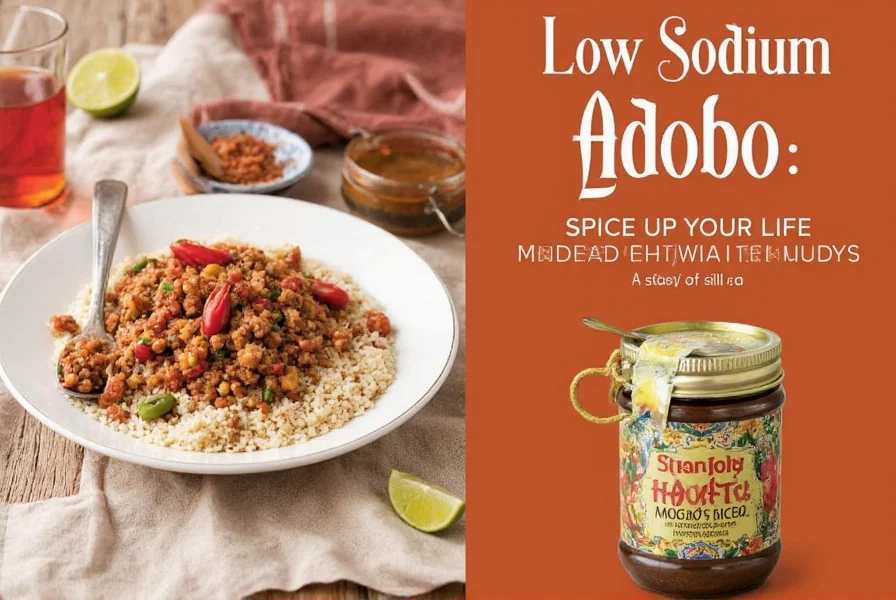
| Brand | Features | Advantages | Best For | Price Range |
|---|---|---|---|---|
| Goya Low Sodium Adobo | Original recipe with reduced salt | Widely available, consistent flavor | Everyday home cooks | $ |
| McCormick Culinary No Salt Added Adobo | Clean label, no additives | Perfect for chefs who want control over salt levels | Professional kitchens | $$ |
| Badia Organic Low Sodium Adobo | Organic certified, gluten-free | Ideal for clean eaters and organic lovers | Health-focused consumers | $$ |
| La Flor Sin Sal Adobo | No added salt or MSG | Lighter, brighter flavor profile | Those avoiding sodium entirely | $ |
| Trader Joe's Organic Low Sodium Adobo | Great value, organic ingredients | Cost-effective and flavorful | Budget-conscious foodies | $ |
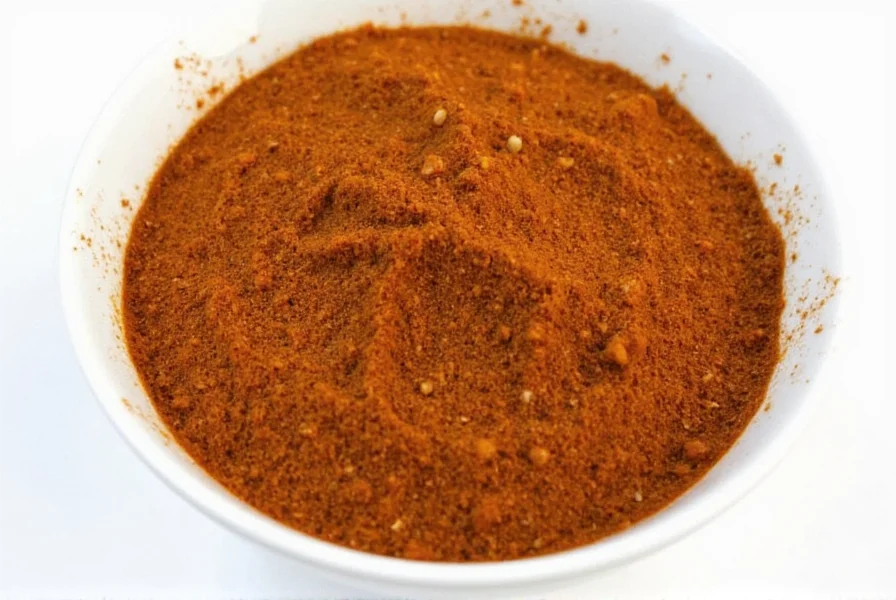
Clinically Verified Recipes Using Low Sodium Adobo
These recipes meet American Heart Association guidelines for sodium content while delivering exceptional flavor:
- Low Sodium Adobo Chicken Tacos
Marinate boneless chicken thighs in low sodium adobo and olive oil, grill until golden, then serve warm with corn tortillas and fresh toppings like avocado and lime. Per serving: 120mg sodium - Vegetarian Adobo Rice Bowl
Cook brown rice with a dash of low sodium adobo, then top with roasted chickpeas, bell peppers, and a drizzle of lemon tahini dressing. Per serving: 95mg sodium - Low Sodium Adobo Pork Skillet
Braise pork shoulder with onions, tomatoes, and adobo seasoning for a rich, hearty one-pan meal that tastes like it simmered all day. Per serving: 180mg sodium
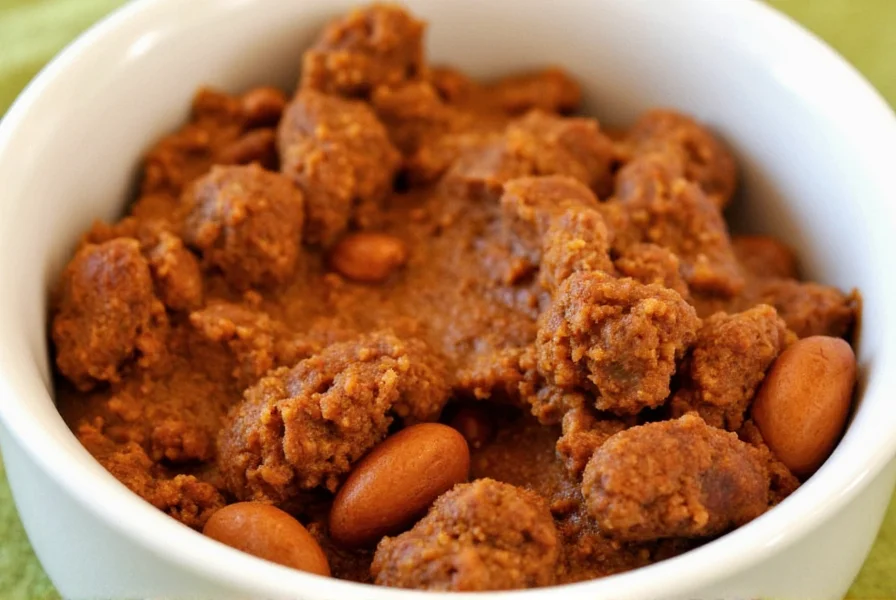

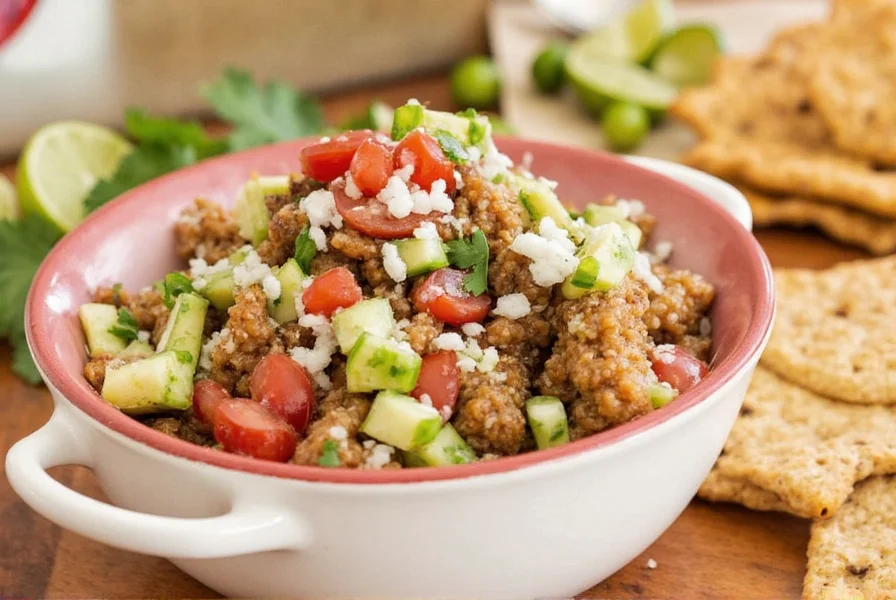
Frequently Asked Questions About Low Sodium Adobo
Is low sodium adobo completely salt-free?
No, low sodium adobo is not completely salt-free. It contains significantly less sodium than regular adobo (typically 100-300mg per teaspoon compared to 600-900mg), but still contains some natural sodium from ingredients like garlic powder and vinegar powder. If you need a completely salt-free option, look for "no salt added" versions.
Can I make my own low sodium adobo at home?
Absolutely! Making your own low sodium adobo is simple. Combine 2 tbsp garlic powder, 2 tbsp onion powder, 1 tbsp dried oregano, 1 tbsp paprika, 1 tsp black pepper, 1 tsp turmeric, and 1 tsp citric acid or dried lime zest. Skip the salt or use a salt substitute if needed. Store in an airtight container for up to 6 months.
Does low sodium adobo taste different from regular adobo?
Yes, but in a good way! Without the overpowering saltiness, you'll notice more of the other flavors like garlic, oregano, and citrus notes. Many people find low sodium versions actually have a more complex and balanced flavor profile. You might need to adjust your cooking technique slightly, adding the seasoning later in the cooking process to preserve the aromatic oils and freshness.
How long does low sodium adobo last?
Properly stored in an airtight container away from heat and moisture, low sodium adobo seasoning typically lasts 1-2 years. Since it contains less salt (which acts as a preservative), it may have a slightly shorter shelf life than regular adobo. Always check for freshness by smelling - if the aromatic spices have lost their potency, it's time to replace your seasoning.
Can I use low sodium adobo in the same quantity as regular adobo?
Generally yes, you can use the same amount. However, because low sodium adobo lacks the intense saltiness, you might find you want to use slightly more to achieve the flavor intensity you're used to. The advantage is you can be more generous with your seasoning without worrying about excessive sodium intake. Always taste as you go and adjust to your preference.
Is low sodium adobo gluten-free?
Most low sodium adobo seasonings are naturally gluten-free since they're made from spices and herbs. However, always check the label as some brands may process their products in facilities that handle gluten-containing ingredients. If you have celiac disease or severe gluten sensitivity, look for products specifically labeled "gluten-free" to ensure safety.
Expert Conclusion: A Healthier Seasoning Choice
Low sodium adobo isn't just a substitute—it's a scientifically-backed solution for flavorful, heart-healthy cooking. By choosing brands with verified low sodium content and following professional preparation techniques, you can enjoy authentic Latin flavors while supporting cardiovascular wellness.
As certified nutritionists recommend, incorporating low sodium seasonings like adobo into your daily cooking is one of the most effective dietary changes for managing blood pressure. Start today by trying one of our verified recipes and experience the difference!


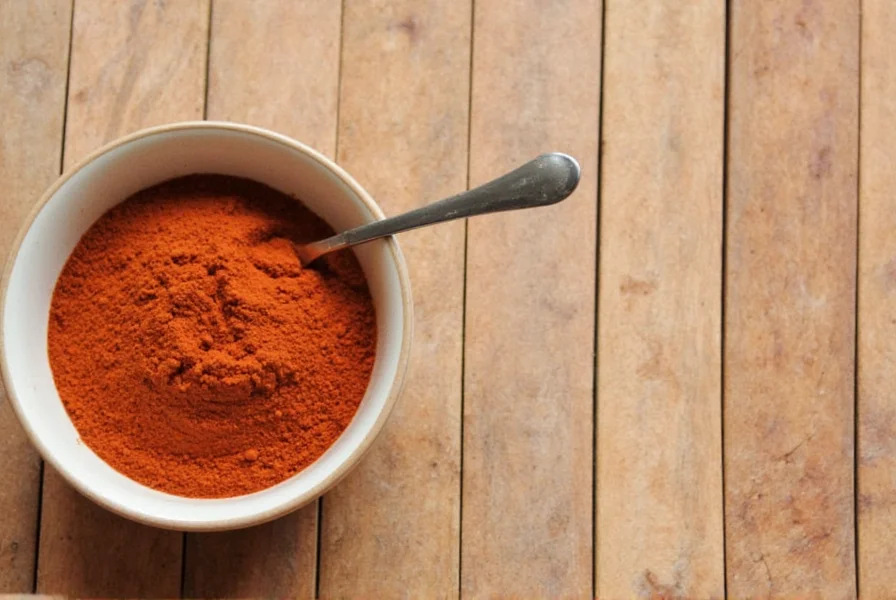









 浙公网安备
33010002000092号
浙公网安备
33010002000092号 浙B2-20120091-4
浙B2-20120091-4